Marking 150 years since the birth of Nadežda Petrović
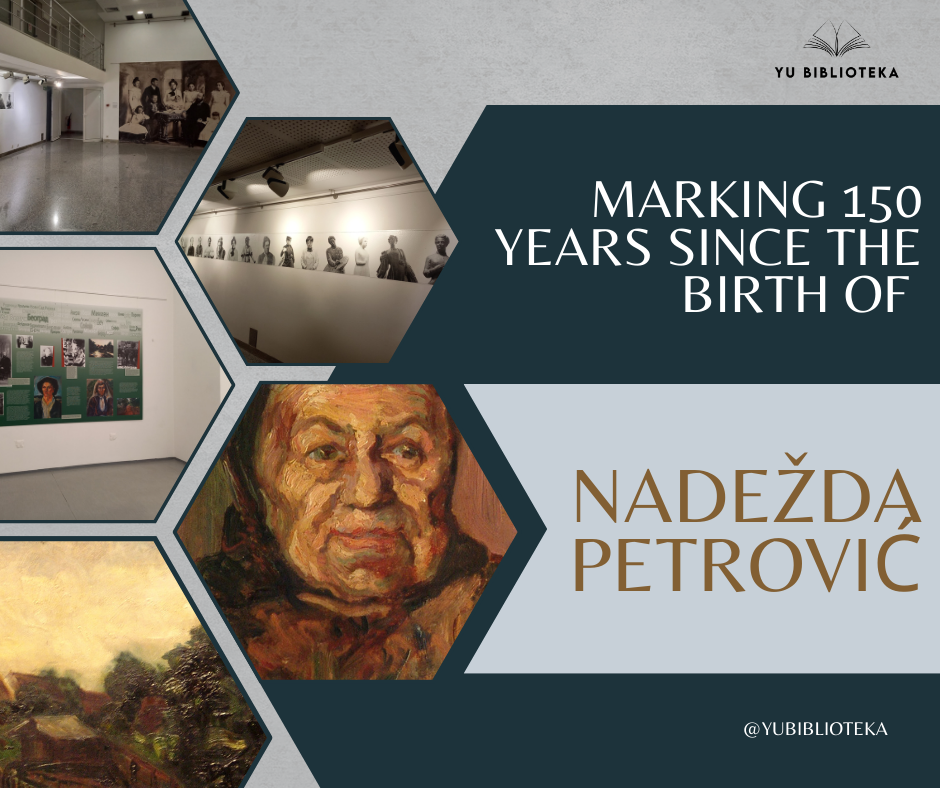
The renowned Serbian painter who created at the beginning of the twentieth century and left a strong imprint on Serbian painting was born exactly 150 years ago.
Nadežda Petrović became a sort of leader of everything significant that happened in the first fifteen years of the last century, said Mirjana Racković, author of the exhibition ” Nadežda Petrović 1873 – 2023: in preparation for the 150th anniversary of her birth”, opened in Belgrade at the end of December.
Belgrade exhibition -introduction to the anniversary celebration
The exhibition in RTS Gallery will last until 26 January 2023. Some exhibited paintings belongs to the National Museum in Belgrade, and some are the heritage of the “Nadežda Petrović” Art Gallery in Čačak. The authors of the display in the RTS Gallery are art historians Mirjana Racković and Dragana Božović, museum advisors of the “Nadežda Petrović” Art Gallery.
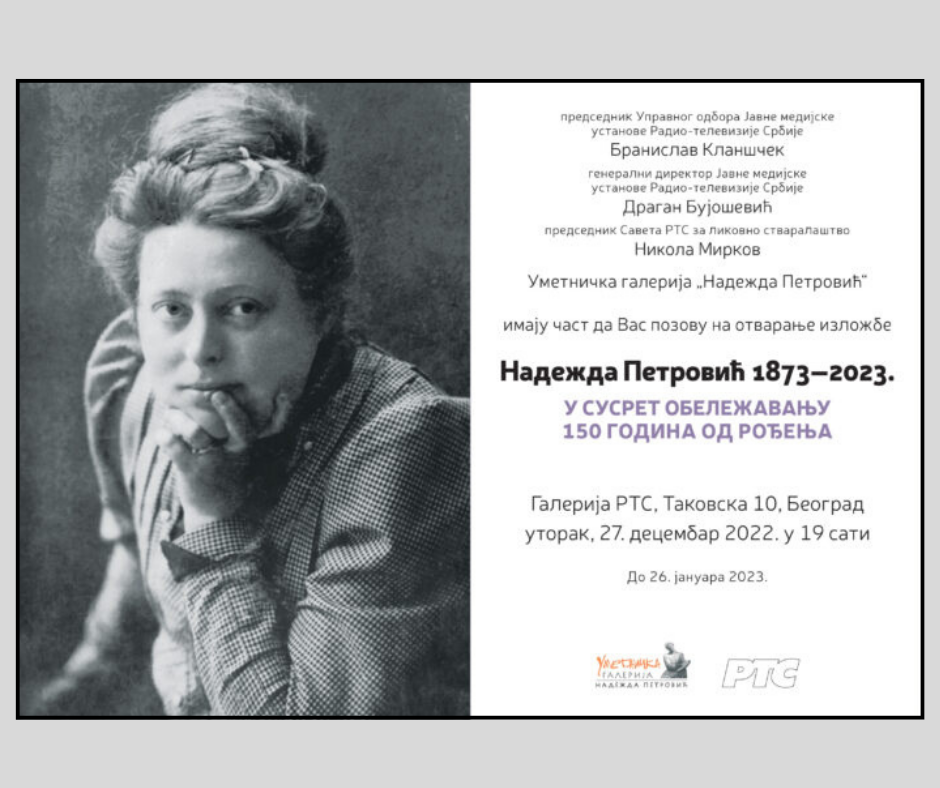
In an interview for the YU Library, Mirjana Racković says that the exhibition reminds us of the greatness of Nadežda Petrović’s personality and work – her bright biography and intellectual and artistic legacy.
“The exhibition was designed to give a basic insight into the work of this incredible woman, artist and heroine through the story of her life, examples of her painting and social activism. Nadežda’s painting turned the course of Serbian art in the first half of the last century. Furthermore, her humanitarian work and patriotism remained a shining example of loyalty to her own nation.”
There are six paintings on display that roughly illustrate the artistic work of Nadežda Petrović The panels illustrated with photos and reproductions that tell the story of Nadežda’s life are also shown.Visitors can find out details about her family and social life. The humanitarian activities of the great painter and her travels are also presented.
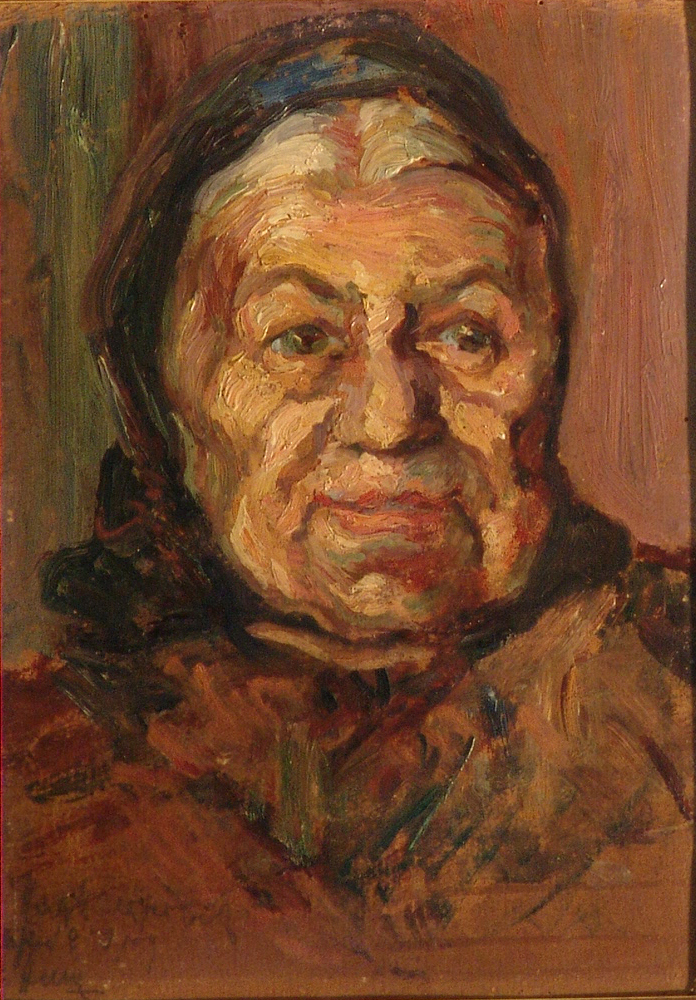
Another author of the exhibition, Dragana Božović, points out that the artistic work of Nadežda Petrović undoubtedly pushed the boundaries of Serbian painting, encouraged generations of artists from the beginning of the 20th century, and guided later generations.
“The works presented in this exhibition roughly illustrate her artistic oeuvre. Through them, two periods of Nadežda’s painting are represented. Two most common motifs – landscape and portrait – are thematically represented. The works chosen bear witness to the painter’s attitude toward the exterior and the challenges she faces, which she has overcome through the modernist concept and immediacy.”
An exposed canvas has the motif of the mill and shows how the painter created directly in the landscape. Another painting – a landscape created in the surroundings of Belgrade – shows the exploration of light and a moderate palette of colors. A colorful and compositionally playful scene of the Serbian countryside also can be seen in RTS Gallery.
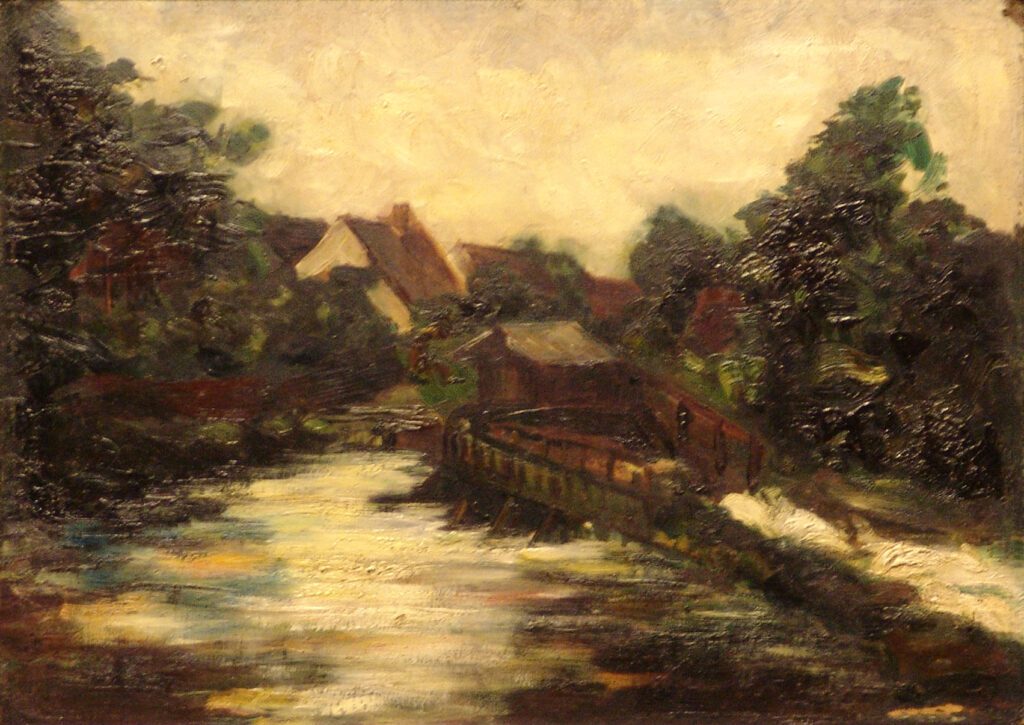
Mirjana Racković explains that Nadežda Petrović was formed as a colorist with an energetic painting personality.
“The strength of Nadežda’s portraits in conveying emotions is also evidenced by the portrait of the girl, dominated by a more moderate palette of colors and azure painting, as well as the portrait of the old woman made with more energetic strokes and rich colors.”
Life path of the famous painter
Nadežda Petrović was born in Čačak on October 11, 1873, in a family of teachers. Due to the father’s work and further education of the children, the family returned to the family home in Belgrade in 1884.
Nadežda graduated from the Women’s High School in Belgrade, and, upon graduation, she became a drawing teacher and took painting classes. She went to study painting in Munich, and remained there from 1898-1902. Fascinated by the German expressionism of the period, she started to use it in her painting.
Back in Serbia, Nadežda paints passionately in the manner of an energetic expressionist. She also worked at school, wrote about exhibitions, about culture and political events…She founded the humanitarian organization Circle of Serbian Sisters in 1903, and traveled through Serbia providing aid in areas which had not yet been liberated from the Ottoman occupation.
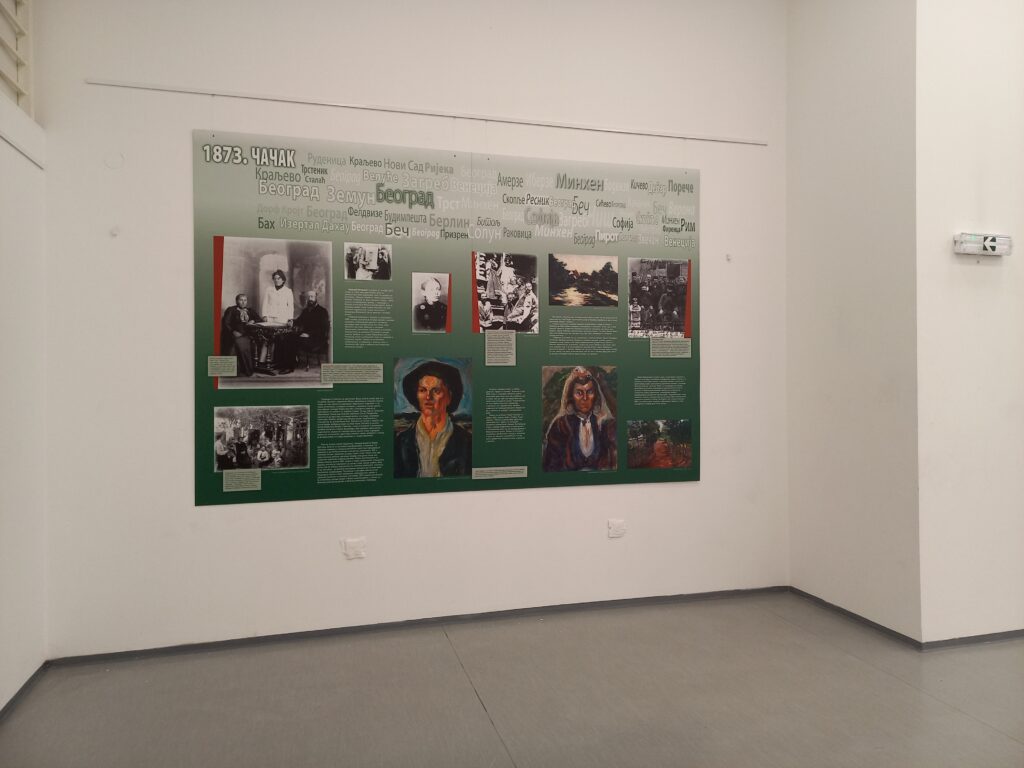
The great Serbian painter also founded the first art colony in the Balkans, in the village of Sićevo, near Niš, in 1905. In the period of her most fruitful creativity, from 1903-1910, she painted her famous works. Most of them were created directly in nature – Harvest, Resnik, Gipsy woman, Woman with a red scarf, Monk, Shepherd, Self portrait…
Full of enthusiasm, Nadežda went on a study stay in Paris in 1910. She visited museums, salons and studios, and presented her paintings. The desire to link her artistic life to Paris was dispersed by family tragedies and future wars.
During the Balkan Wars, and First World War, from 1912-1915, Nadežda Petrović cared for wounded soldiers as a volunteer nurse. She fell ill with typhus and died in 1915 in Valjevo hospital.
The curator of the current exhibition on Nadežda Petrović, Mirjana Racković, points out that Nadežda Petrović, regardless of the difficulties she faced as a woman, personal tragedies, and the extremely turbulent time in which she lived and created, became a sort of leader of everything significant that happened in the first fifteen years of the last century.
“She fought for her own views in art, brought together artists from the South Slavic area, was involved in the humanitarian field, and fought against traditionalism and prejudices. She worked intensively on the affirmation of national heritage and the emancipation of the entire society. About twenty years after her death, her painting took an important place in the history of Serbian modernity.”
Mirjana Racković also says that art experts have different perspectives when it comes to determining the painting of Nadežda Petrović, classification at one of the artistic directories.
“There are no clear chronological and stylistic boundaries in the work of Nadežda Petrović. It moves between impressionist and expressionist, has elements of secession, symbolism and Fauvist color. But what dominates in her painting is the exaltation of the scene. This exaltation could only be transmitted that way through the energy of an expressionist.“
Forthcoming exhibitions
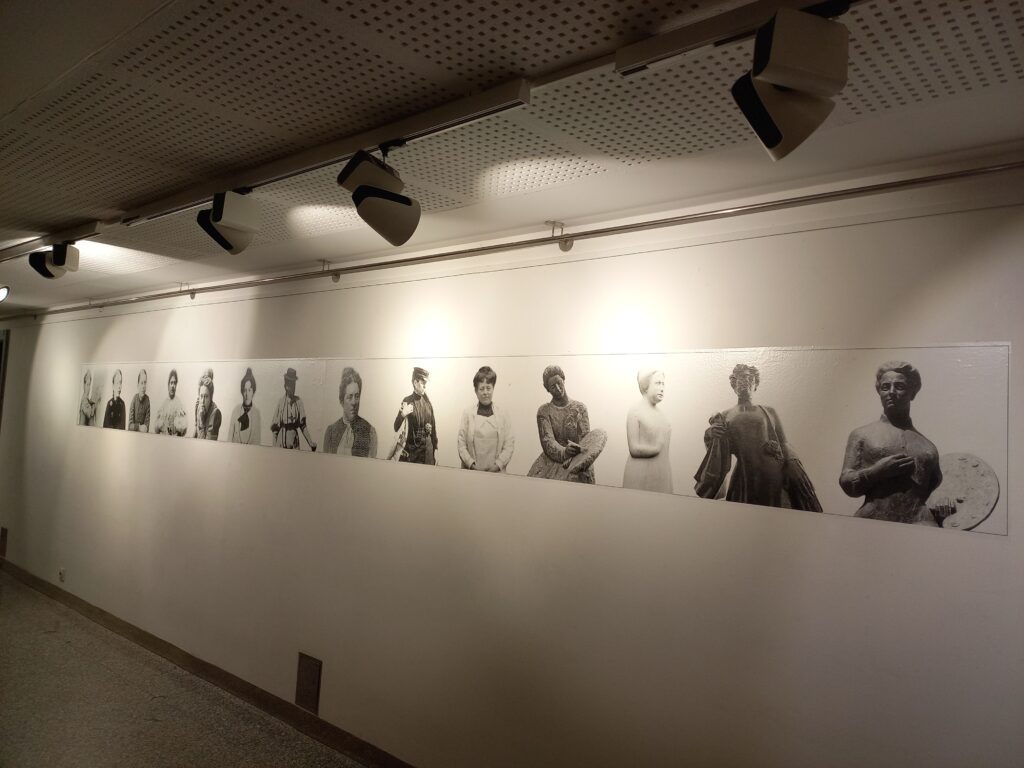
In 2023, the year which marks the 150th anniversary of the birth of the renowned painter, a major retrospective exhibition of Nadežda Petrović will be organized. Mirjana Racković announces its opening.
„A large retrospective exhibition of Nadežda’s paintings is scheduled to open on February 14, the eve of Serbian Statehood Day, at the National Museum of Serbia in Belgrade. The collection of the National Museum. For the occasion, approximately 80 works will be exhibited, which will be borrowed from other institutions that inherit important works by Nadežda Petrović – from the Gallery in Čačak, from the Pavel Beljanski Memorial Collection, and the Matica Srpska Gallery from Novi Sad, and from the Belgrade City Museum. The authors of the exhibition are prof. Dr. Lidija Merenik and prof. dr. Igor Borozan from the Department of Art History at the Faculty of Philosophy in Belgrade.“
Also, the National Museum of Serbia is preparing another exhibition where Nadežda’s drawings, which are kept in the museum’s collection, will be presented for the first time. The author of this exhibition is Evgenija Blanuša, curator and adviser at the National Museum of Serbia.“
Mirjana Racković adds that in 2023, various programmes will be organized in other Serbian cities, in the region, and in Europe.
A retrospective exhibition of the National Museum of Serbia will be held at Čačak, the birthplace of Nadežda. The exhibition will also be presented in the countries of the region, where Nadežda left a big mark. It will be realized in Slovenia – Nadežda nurtured exceptional friendships and associations with Slovenian artists Matej Jama, Rihard Jakopič, Hinko Smrekar. Niš will also host the great retrospective of nadežda Petrović (In this Serbian city, the painting colony Sićevac, founded by Nadežda in 1905, is still being organized)
The Museum of Contemporary Fine Arts from Banja Luka and the Typological Museum from Zagreb will also contribute. Their program for the blind and visually impaired will make Nadežda’s work available to a broader range of visitors.”
Exhibitions will be organized with the support of the Ministry of Culture and Information of the Republic of Serbia, UNESCO and the National UNESCO Committee of the Republic of Serbia.
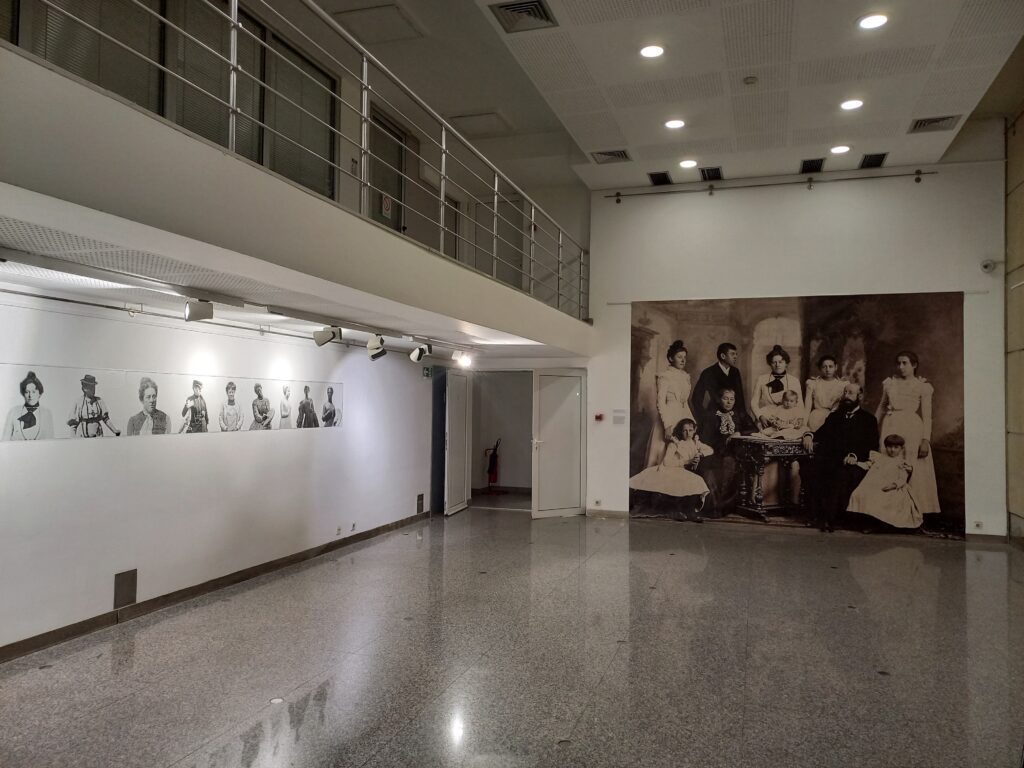
Programs in Europe
A number of programs will also be organized in Paris, France, said Mirjana Rackovic.
„The Museum of Contemporary Art from Belgrade will organize an exhibition about the Parisian period of Nadežda’s painting in the Cultural Center of Serbia in Paris. And the art gallery “Nadežda Petrović” from Čačak will present an illustrated-documentary exhibition about Nadezhda’s life at the UNESCO Palace in Paris, as well as the monodrama “Unwritten Letters” performed by Vanja Milačić, an actress of Belgrade National Theatre.”
The year 2023 marks another great anniversary for the Petrovic family – 125 years since Nadežda’s brother, Rastko Petrovic, a great Serbian writer, was born.
Jelena Jovanović
